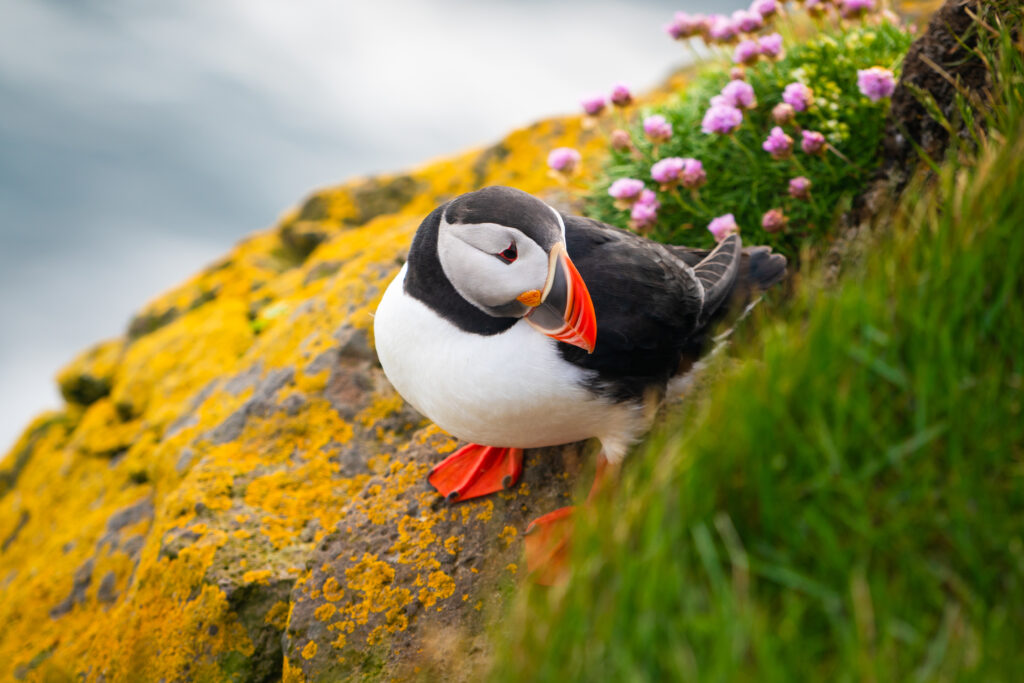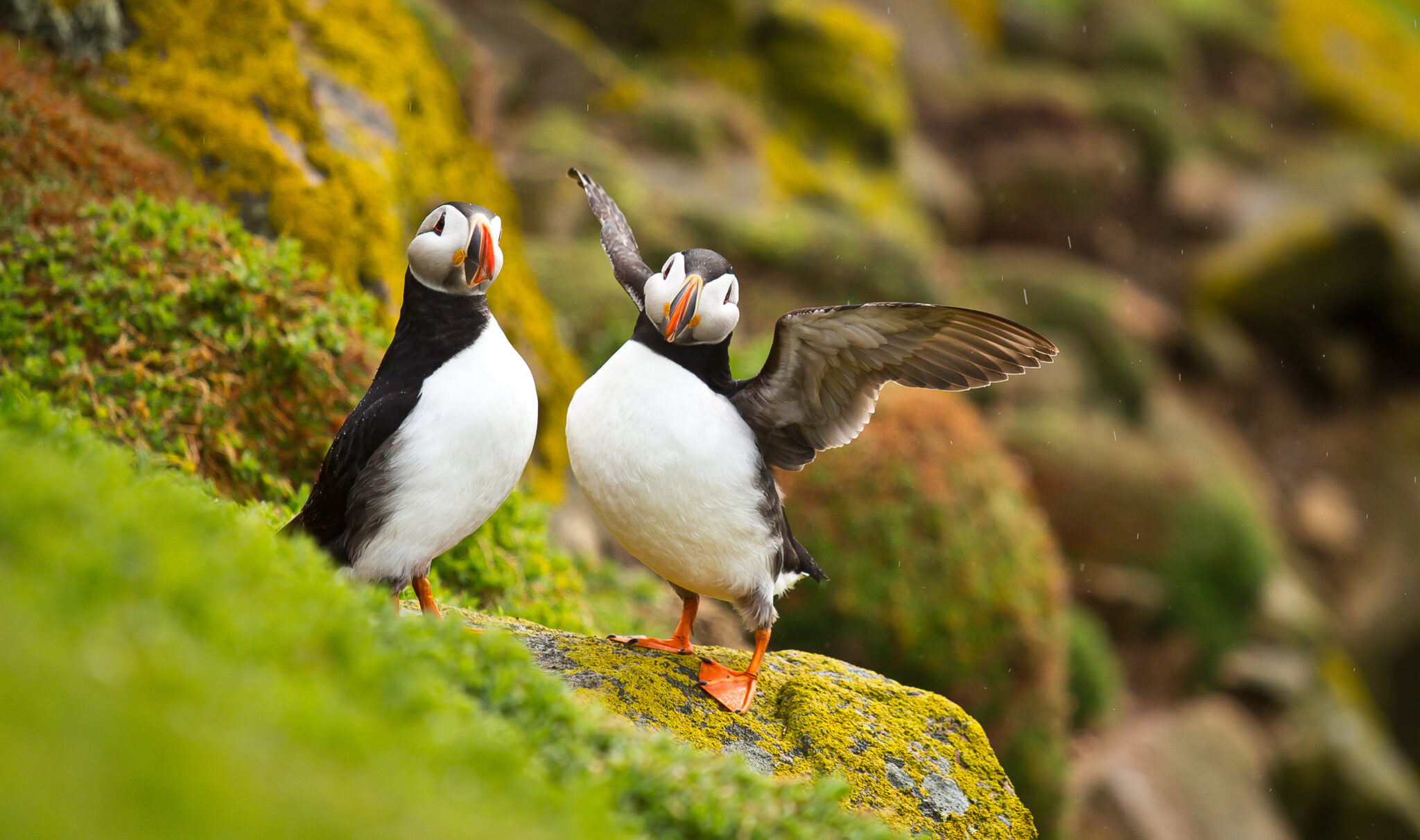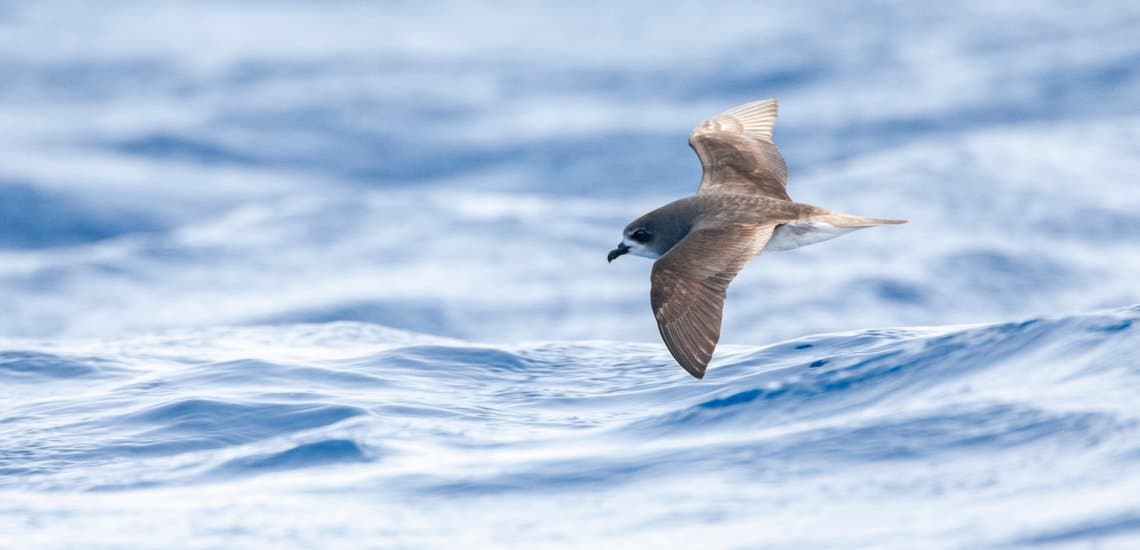Victory! NACES seafloor designated for protection

Today, OSPAR has made a momentous decision to strengthen the protection of the North Atlantic Current and Evlanov Sea basin (NACES) Marine Protected Area (MPA), acknowledging the site’s unparalleled significance for a multitude of marine species and the extraordinary value of its seabed habitats.
Nestled in the heart of the North Atlantic Ocean, this sprawling MPA spans an area roughly equivalent to continental France. Back in 2021, OSPAR designated it as an MPA following extensive research led by BirdLife, which involved using tracking data from 21 species of seabirds across 56 colonies. The findings were nothing short of awe-inspiring, revealing that this area serves as a seasonal home for an astounding to 5 million individual birds each year, confirming it as a seabird hotspot and as one of the most vital congregations of migratory seabirds in the Atlantic.
At the time of its original designation, the conservation objectives of the site were focused on seabirds, where the evidence for the importance of the site was indisputable. Over the course of two years, a meticulous process unfolded, compiling and reviewing a wealth of evidence to shed light on the site’s potential wider value. The outcome exceeded all expectations, unearthing a treasure trove of iconic marine species that depend on the NACES MPA. Majestic creatures such as Blue and Fin whales, Leatherback and Loggerhead turtles, Basking sharks, European eels, and Atlantic Bluefin Tuna have been revealed as key inhabitants of this marine sanctuary. They utilize the site for migration, foraging, and as a vital habitat during different seasons. Moreover, the seafloor habitats within the MPA, including over 30 seamounts, astonished researchers with their diversity. Recent data from research cruises have brought to light the existence of vulnerable marine ecosystems, such as deep-sea sponges and coral gardens, which serve as crucial pillars for supporting a wide array of vibrant ecosystems
The immense appeal of the NACES MPA has ignited the imaginations of countless individuals, with over 16,400 citizens joining BirdLife’s to call for better protection of the site. BirdLife congratulates the OSPAR Commission and Contracting Parties for their commitment, which has been vital for the success of the two-year process since the site’s initial designation to protect seabirds. This process has now culminated in a resounding triumph that promises to benefit nature throughout the vast expanse of the Atlantic Ocean. The decision to expand the conservation objectives of the site beyond seabirds underscores the influential role that these species play in leading the way toward comprehensive ocean protection. This groundbreaking achievement serves as a beacon of hope, paving the way for concrete actions to ensure the proper preservation of this precious gem.
It is now essential that OSPAR translates the extended conservation objectives that have been agreed into action by developing a management plan. This plan must lay the groundwork for implementing specific measures to regulate activities within the site and calls for collaboration with relevant actors and competent authorities with a mandate for activities in the North Atlantic region (e.g., North East Atlantic Fisheries Commission (NEAFC) and the International Commission for the Conservation of Atlantic Tunas (ICCAT) for fishing activities, the International Maritime Organization (IMO) for shipping activities, and the International Seabed Authority (ISA) for the exploration and exploitation of deep-seabed mineral resources). BirdLife stands ready to support these efforts to preserve this marine oasis in the North Atlantic.
Image credits: Atlantic puffin (Fratercula arctica) by Blue Planet Studio
You might also be interest in:
 | Stichting BirdLife Europe gratefully acknowledges financial support from the European Commission. All content and opinions expressed on these pages are solely those of Stichting BirdLife Europe. The European Commission is not responsible for any use that may be made of the information it contains. |









